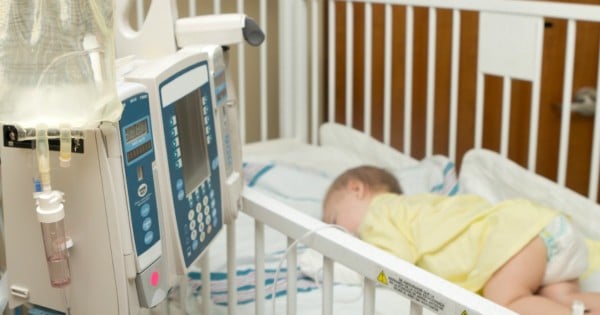
When Charbel Torbey was four months of age his parents noticed something wasn’t quite right with their son.
“It was around the time of his Christening,” explains his father, David.
“His belly was quite round, swollen. He wasn’t a happy baby. He was crying all the time and his skin wasn’t right. We just didn’t know what was wrong with him. He would have high fevers and he just looked like he was suffering. He was in pain.”
Their parental intuition was right. There was something wrong with Charbel, something so rare that David and his wife, Mirna, would learn of only one other case in Australia.






























































































